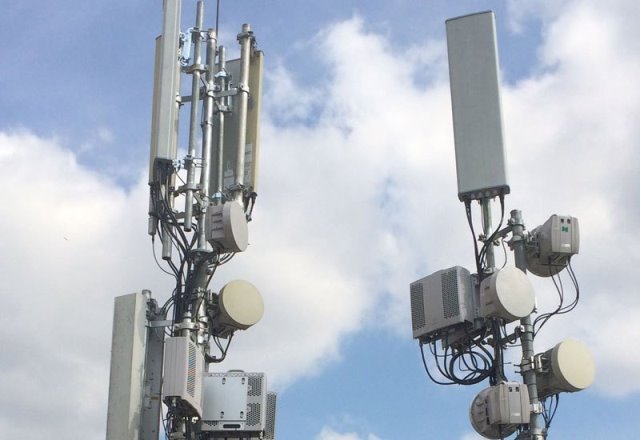The latest telecom news includes announcements on MTN Uganda, Satcom spectrum rules in India, Vietnam re-auctions spectrum, among others.

MTN Uganda Spins Off MoMo to Form Independent Fintech Entity
MTN Uganda shareholders have approved the separation of its mobile money and fintech unit, MTN MoMo, into a new company, MTN New FinCo. The decision, made during an Extraordinary General Meeting on July 22, 2025, received 99.9 percent approval. MTN Group Fintech Holdings will hold the majority of shares, with the remainder held in trust for minority shareholders. The new entity aims to list on the Uganda Securities Exchange within three to five years. This move aligns with MTN Group’s Ambition 2025 strategy to focus on platform-driven business models. The separation is expected to enhance operational efficiency, attract investment, and better position the fintech business for future opportunities.
India to Finalize Satcom Spectrum Rules in Two Months, Paving Way for New Telecom Services
India is set to finalize satellite communication (satcom) spectrum allocation rules within two months, allowing companies like Starlink, Eutelsat OneWeb, and Jio SES to apply for spectrum and start services. The Telecom Regulatory Authority of India (TRAI) proposes an administrative allocation model instead of auctions. Spectrum will be allocated for five years, with a possible two-year extension. Charges include 4 percent of adjusted gross revenue (AGR) and Rs 500 per subscriber annually for urban areas. Once rules are finalized, companies can decide their service launch timing. The government aims for services to begin by the end of 2025.
Vietnam Re-auctions 700 MHz Spectrum to Boost Nationwide 5G Coverage
Vietnam is re-auctioning 700 MHz spectrum blocks B1-B1′ (703–713 MHz/758–768 MHz) and B3-B3′ (723–733 MHz/778–788 MHz) to improve 4G and 5G network coverage, especially in rural areas. These low-band frequencies provide long-range and high-penetration capabilities for better signal reach in urban and remote regions. Viettel, the state telecom operator, previously secured the adjacent B2-B2′ block (713–723 MHz/768–778 MHz) in May 2025. Viettel plans to deploy over 20,000 5G base stations in 2025 to expand network coverage and aims to cover 99 percent of the population by 2030, supporting smart cities, agriculture, and logistics. The Ministry of Science and Technology requires winners to deploy mobile services within one year and install a minimum number of base stations within two years.
Ericsson Launches New Riyadh Hub to Drive 5G and Digital Growth in Saudi Arabia
Ericsson opened a new regional headquarters in Riyadh to support Saudi Arabia’s Vision 2030. The facility will focus on advancing digital transformation, 5G technology, and local talent development. Ericsson will collaborate with partners such as stc, Mobily, and King Abdulaziz City for Science and Technology. The company continues to develop 5G and 6G network technologies to improve connectivity and support digital services. The Gen-E Graduate Program, running since 2018 at the 5G Innovation Hub in Riyadh, has trained over 190 Saudi graduates in 5G and Internet of Things applications. Ericsson and King Abdulaziz City for Science and Technology established the Blink Lab, a connectivity lab with a private 5G network aimed at gaming and related fields.
Nokia Powers New Medusa Submarine Cable Boosting Connectivity Between North Africa and Europe
Nokia has been selected to power the Medusa Submarine Cable System, a subsea fiber-optic network owned by AFR-IX Telecom. The cable connects the Atlantic coast, Mediterranean Sea, and Red Sea, linking Morocco, Tunisia, Libya, Algeria, and Egypt. It enhances connectivity between North Africa and Europe and supports 5G and cloud infrastructure deployment. The cable uses Nokia’s 1830 GX Series platform and ICE7 coherent optics, transmitting tens of terabits per second per fiber pair, providing high-capacity, low-latency connectivity with cost and power efficiency. The system is open-access, allowing telecom providers in the region to use the network and supporting 5G rollout, cloud infrastructure growth, and rising bandwidth needs of AI and future technologies.
TelecomLead.com News Desk
